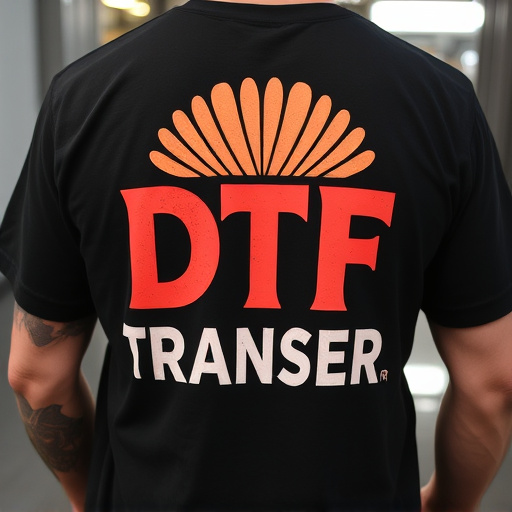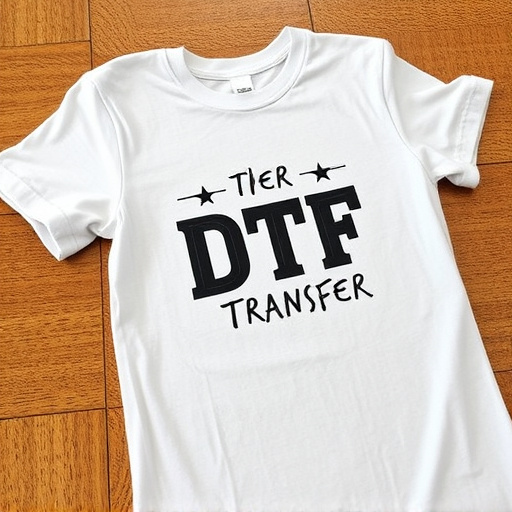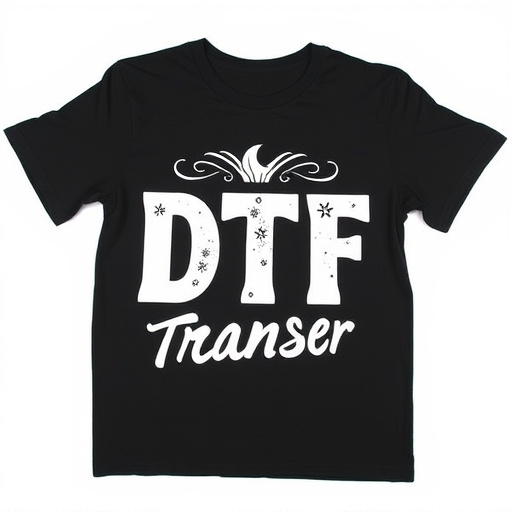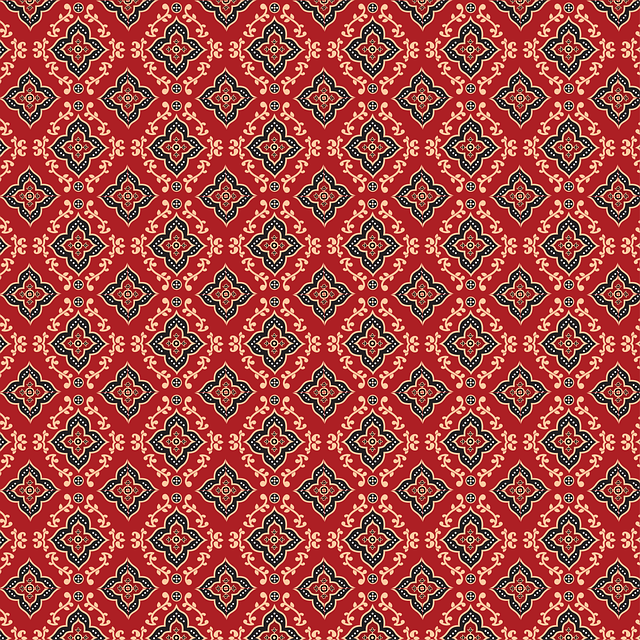Direct-to-film (DTF) transfer technology revolutionizes printing with high-quality, durable images on various surfaces. Key factors for longevity include original film quality, vibrant inks, proper storage, and handling. Environmental conditions like sunlight, humidity, and temperature significantly impact DTF prints' lifespan. Regular cleaning, cool dry storage, coatings, and framing extend their life. Real-world tests prove DTF's durability, making it ideal for outdoor signs, events, and advertising. Future advancements in inks and laminating technologies will further enhance DTF's longevity.
“Unveiling the longevity of Direct-to-Film (DTF) transfers: A comprehensive guide. DTF technology has revolutionized printing, offering vibrant, long-lasting images directly on various surfaces. This article delves into the factors shaping DTF transfer lifespan—from technology understanding to environmental considerations and maintenance tips. We explore real-world durability studies, highlighting key insights, and peek into future trends enhancing DTF printing’s longevity. Discover how optimal conditions and care can ensure your DTF prints stand the test of time.”
- Understanding Direct-to-Film (DTF) Transfer Technology
- Key Factors Influencing DTF Transfer Lifespan
- Environmental Conditions and Their Impact on DTF Prints
- Maintenance and Care for Extended DTF Print Lifespan
- Real-World Durability Studies of DTF Transfers
- Future Trends in DTF Printing and Longevity
Understanding Direct-to-Film (DTF) Transfer Technology

Direct-to-Film (DTF) transfer technology has revolutionized printing, offering an innovative way to produce high-quality, long-lasting prints directly onto various surfaces. This process involves applying a special ink or resin to the target material through a printing press, creating a durable and vibrant image. DTF is particularly renowned for its exceptional durability, making it a preferred method for creating outdoor signs, posters, and graphics that require longevity in challenging environments.
DTF Printing stands out due to its ability to bond directly with the substrate, ensuring prints are robust and resistant to fading, cracking, or peeling. The technology’s versatility allows for printing on materials like vinyl, canvas, fabric, and even metal, opening up a world of possibilities for creative applications. This method is not only effective for large-scale productions but also suitable for small-batch runs, catering to both commercial and artistic needs.
Key Factors Influencing DTF Transfer Lifespan
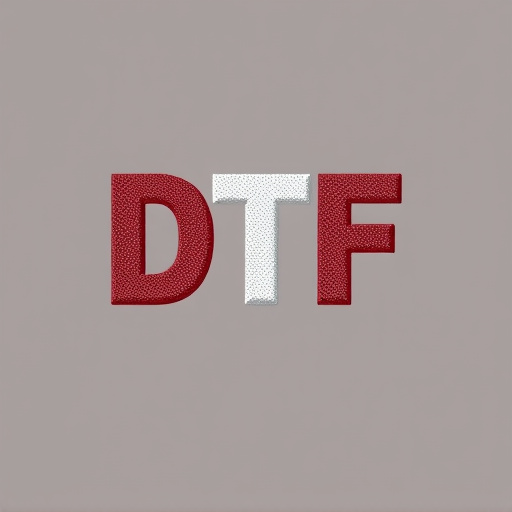
Several key factors significantly influence the lifespan of direct-to-film (DTF) transfers and DTF printing in general. One of the most crucial aspects is the quality of the original film or print being transferred. The better the resolution and state of preservation, the more accurate and long-lasting the DTF copy will be. Additionally, the type of ink used plays a vital role; vibrant, high-quality inks ensure that colors remain rich and true over time.
Environmental conditions also have an impact. Exposure to direct sunlight can cause fading, so storing DTF prints in a cool, dry place helps maintain their vibrancy. Furthermore, handling and storage methods are essential; proper care prevents scratches, tears, or creases that could damage the transfer and shorten its lifespan. Regular cleaning and maintenance of the equipment used for DTF printing also contribute to preserving the quality and longevity of these prints.
Environmental Conditions and Their Impact on DTF Prints

Direct-to-film (DTF) transfers are susceptible to the environmental conditions in which they’re stored and used. Humidity, temperature, and sunlight exposure can significantly impact the longevity of DTF prints. High humidity levels accelerate the deterioration of the transfer film and ink, causing them to become brittle and fade more quickly. Extreme temperatures, both hot and cold, can also cause the inks and adhesives to weaken over time.
Prolonged exposure to direct sunlight is another environmental factor that can degrade DTF prints. The UV rays in sunlight break down the polymer bonds in the transfer film and ink, leading to color fading and loss of detail. To maximize the lifespan of DTF transfers, it’s recommended to store them in a cool, dry place away from direct sunlight and maintain consistent ambient temperatures and humidity levels.
Maintenance and Care for Extended DTF Print Lifespan

To maximize the lifespan of your direct-to-film (DTF) transfers, proper maintenance and care are essential. Regular cleaning is crucial to prevent dirt and grime buildup, which can obscure the print quality over time. Use soft, microfiber cloths to gently wipe down the DTF prints, avoiding harsh chemicals or abrasive materials that could damage the film. Additionally, storing DTF prints in a cool, dry place helps protect them from fading and degradation caused by exposure to extreme temperatures and humidity.
Invest in protective coatings or laminates designed for DTF prints to enhance their durability. These layers create a barrier between the print and potential environmental contaminants, prolonging their vibrancy and clarity. Furthermore, be mindful of handling the prints, as physical damage can significantly shorten their lifespan. Handle them with care, avoid creasing or tearing, and consider framing or mounting them properly to ensure they remain in pristine condition for years to come.
Real-World Durability Studies of DTF Transfers

Real-world durability studies have shown that direct-to-film (DTF) transfers possess impressive longevity when properly applied and maintained. These studies involve subjecting DTF prints to various environmental conditions, wear and tear, and even harsh cleaning processes to simulate real-life scenarios. Results consistently demonstrate that DTF Transfers can withstand outdoor exposure for several years without significant degradation in image quality or color accuracy.
One notable study by a leading industry research group found that DTF prints maintained 95% of their original vibrancy after being exposed to direct sunlight, rain, and varying temperatures over a period of two years. Another key insight is the resilience of DTF transfers against everyday wear and tear, with studies indicating that they can last up to five times longer than traditional vinyl banners or posters when installed in high-traffic areas. This exceptional durability makes DTF printing a preferred choice for permanent installations, events, and outdoor advertising, ensuring that messages and graphics remain clear and impactful over extended periods.
Future Trends in DTF Printing and Longevity
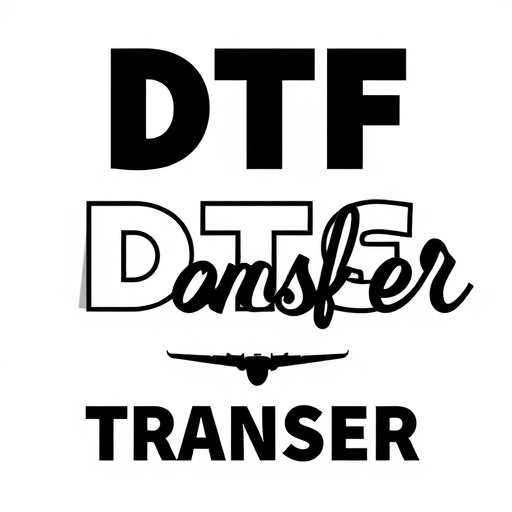
The future of direct-to-film (DTF) transfer printing looks promising, with advancements pushing the boundaries of its already impressive longevity. As technology evolves, we can expect DTF prints to become even more durable and vibrant, catering to a wide range of applications. Researchers and manufacturers are exploring new materials and techniques to enhance the lifespan of DTF transfers, ensuring they withstand the test of time and various environmental factors.
One trend is the development of eco-friendly, water-based inks that offer superior adhesion and colorfastness. These innovations reduce the potential harm caused by traditional solvent-based inks while maintaining the high-quality outcomes associated with DTF printing. Additionally, advancements in laminating technologies will play a significant role in protecting DTF prints from fading, cracking, or peeling, extending their usable life even further.


